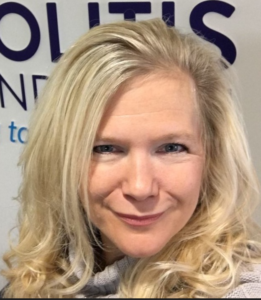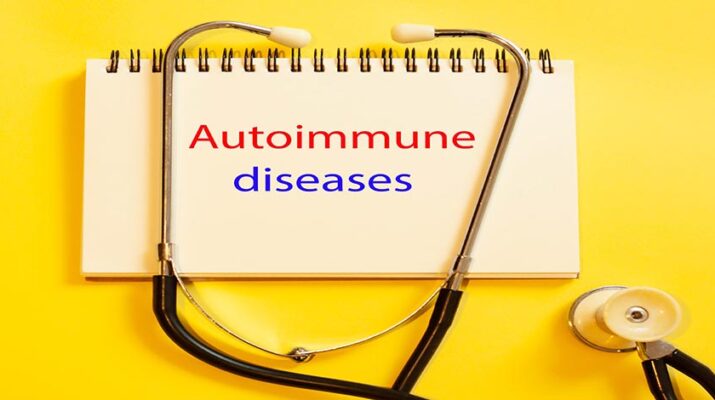By Deborah Jeanne Sergeant
The bad news? No cures exist for autoimmune conditions
About 80 autoimmune disorders exist, depending upon how these conditions are classified.
Although affecting different areas and systems of the body, this group of disorders possesses a few similarities.
Some share a few core symptoms, such as fatigue, body aches, fever, swelling, difficulty in focusing, weight fluctuation and skin changes.
Most autoimmune conditions present with other specific issues. Some inexplicably go into remission and flare up later, but in most cases are lifelong upon onset.
Medical care and good self-care can usually make living with an autoimmune condition much more comfortable. No cures exist for autoimmune conditions.
“The effects of having an autoimmune disease extend beyond the physical symptoms, as depression and anxiety frequently co-exist with autoimmune disease,” said Molly Murray, president and CEO of the Autoimmune Association in Clinton Township, Michigan. “Autoimmune patients can feel stressed from navigating healthcare coverage and treatments, having to go to frequent medical appointments, and trying to balance their condition with other life responsibilities. They can feel isolated and misunderstood and can grieve the lifestyle they had before their diagnosis. Autoimmune patients should know they are not alone. Mental health providers can provide coping tools, and we encourage everyone to share their stories and connect with other patients.”
Some autoimmune conditions are invisible and can be minimized by outsiders.
Crohn’s disease and colitis cause diarrhea, urgency, abdominal pain and cramping, bloody stool, fatigue and weight loss and “it is not just ‘tummy pain’ or diarrhea,” said Becky Johnson Rescola, vice president of education and community engagement at the Crohn’s & Colitis Foundation in New York City. “Many people don’t understand the fatigue, chronic pain, and day-to-day accommodations that are part of coping with these diseases.”
The organization operates a chapter in Rochester that serves all of Western and Central New York.

Alopecia areata is another example of an autoimmune condition. Tracy Higginbotham was diagnosed in 1993. She is founder of Women TIES in Syracuse and author of Under the Rose-Colored Hat, an autobiography about her journey with alopecia in Syracuse. She has experienced a variety of autoimmune disorders since 1977 when she was diagnosed with hypothyroidism.
When alopecia areata hit in 1987, her hair would fall out in small patches and regrow.
Eventually, she experienced more widespread hair loss. The cortisone shots and prednisone she had been taking to ward off hair loss no longer worked. By 2006, she had alopecia universalis—complete bodily hair loss.
As the leader of an organization promoting women in business, Higginbotham wears pink as her signature color. That occasionally leads to confusion as people connect her lack of hair with chemotherapy and assume she has cancer until she explains she is not sick or in pain.
“I also got my ears pierced to look more feminine as sometimes I’ve been confused for a man,” she said.
Higginbotham sometimes wears wigs and other times a sporty hat when bicycling or engaging in other physical activity.
She encourages anyone with an autoimmune disorder to seek information through a reputable, national organization and seek support from others with the same condition because other people likely will not understand.
“The National Alopecia Areata Foundation has up-to-date research,” Higginbotham said. “You can listen to doctors talk about things with webinars. With autoimmune diseases, have a good endocrinologist who can help you. You need a specialist. Don’t be afraid to go outside the area. I went to the Mayo Clinic to see if there’s anything else. The answer was that there wasn’t anything else I could do. That was a good enough answer. The Cleveland Clinic is another place. I went to Boston to the Women’s and Children’s hospital. It helps to get opinions outside the area. Don’t stop locally.”

